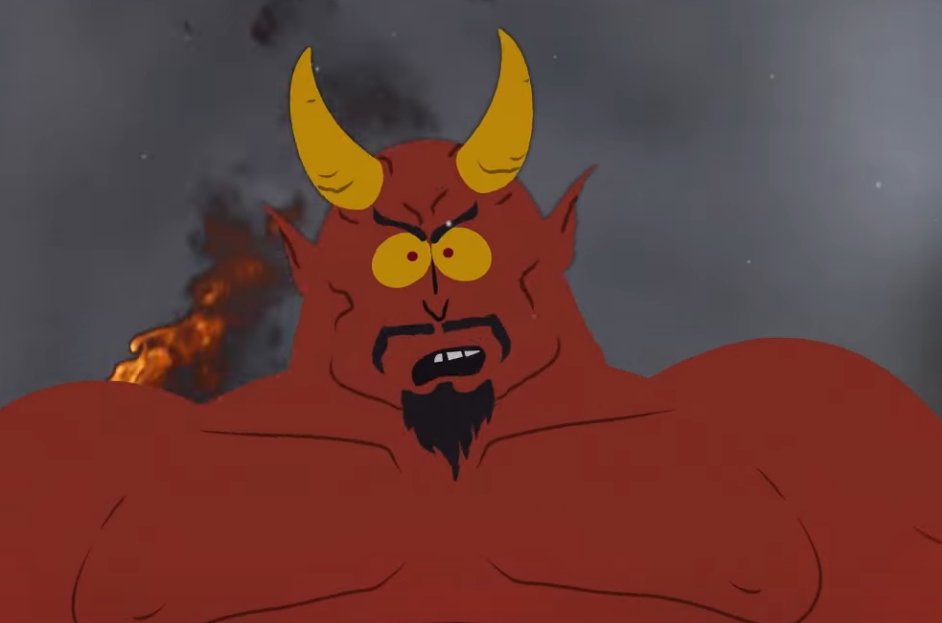Unmasking the Victim-Blaming in Red Riding Hood: Don't Tell Girls to Stay on the Path, Tell Wolves Not to Hunt
We all know the story. A sweet girl in a scarlet cloak, a basket of goodies, a path through the woods. And we all know the moral, whispered to us since childhood: Listen to your mother. Stay on the path. Don't talk to strangers.
It seems like simple, sensible advice. But what if the most famous cautionary tale in the Western world isn't really about keeping children safe? What if, instead, it’s our first lesson in blaming the victim?
For centuries, "Red Riding Hood" has functioned as a powerful tool of moral conditioning, one that places the burden of safety squarely on the shoulders of girls and women. The story relentlessly drills in one insidious message: if something bad happens to you, it’s because you did something wrong. You strayed. You were too curious. You were too trusting. You didn't listen.
Let's dissect the script. Red is given a clear set of rules, all designed to restrict her behaviour. The focus is entirely on her obedience. But the story never stops to question the most important thing: Why is the forest dangerous in the first place?
The wolf is presented as a force of nature. He is cunning, charming, and predatory—and this is treated as a given. His manipulation isn't an indictment of his character; it’s a test of Red's virtue. We marvel at his cleverness in tricking her, in disguising himself, in carrying out his plan. His predation is normalised, even romanticised as a part of the natural order. He is simply doing what wolves do.
This flips the responsibility entirely. When Red is inevitably deceived, the unspoken blame settles on her. She’s the one who spoke to the stranger. She’s the one who gave him the information he needed. Her grandmother's death and her own terrifying ordeal are framed as the direct consequences of her disobedience.
This narrative has a chillingly familiar echo in the real world. It’s the same cultural script that thrives today:
Don’t wear that, you’ll send the wrong message.
Don’t walk home alone at night.
Don’t be so friendly, he might get the wrong idea.
Don’t be so naive.
The message isn’t “Men shouldn’t harm women.” It’s “Women should prevent men from harming them.” We are taught to police our own behaviour, to shrink our own lives, to navigate a world full of wolves, while the wolves themselves are rarely, if ever, told not to hunt.
Even in the versions of the story where Red is saved, she is almost always rescued by a man—the woodcutter or huntsman. She is a passive victim, saved by masculine intervention, reinforcing the idea that she lacks the strength or cunning to save herself. She isn’t allowed to win on her own terms. Her agency is stripped away, first by the wolf, and then by her rescuer.
A truly progressive retelling would flip this script on its head. In this version, the wolf isn't just a beast; he is the embodiment of a system that excuses male aggression as "nature." The path Red is told to follow is not a map to safety, but a cage of conformity.
The real danger isn't straying from the path—it's being punished for doing so.
So, what if Red isn't devoured? What if she sees the wolf’s charm for the manipulation it is? What if, instead of obeying or being rescued, she fights back? What if she burns down the forest that protects him?
It's time to stop telling girls to be more careful. It’s time to build a world where they don’t have to be. Perhaps the lesson was never for girls to fear the woods, but for wolves to finally learn to fear the girl in the red hood.









